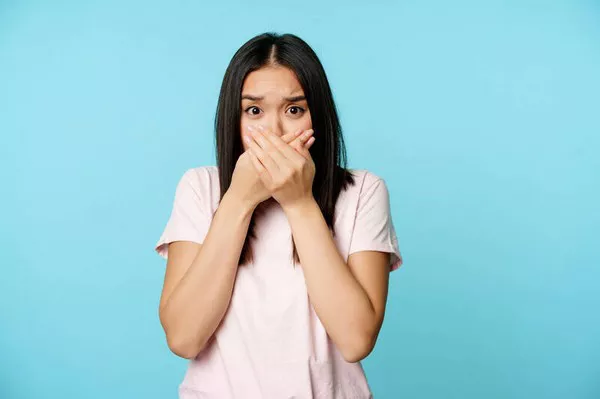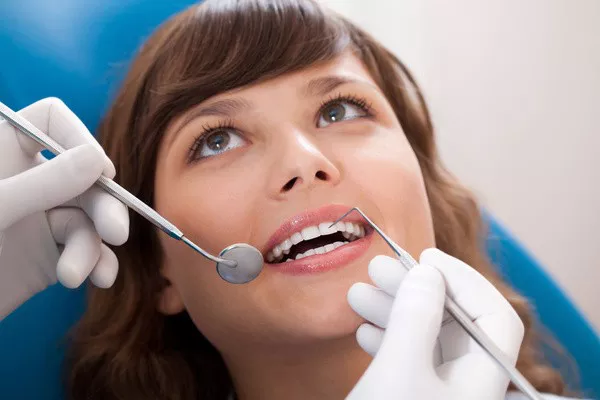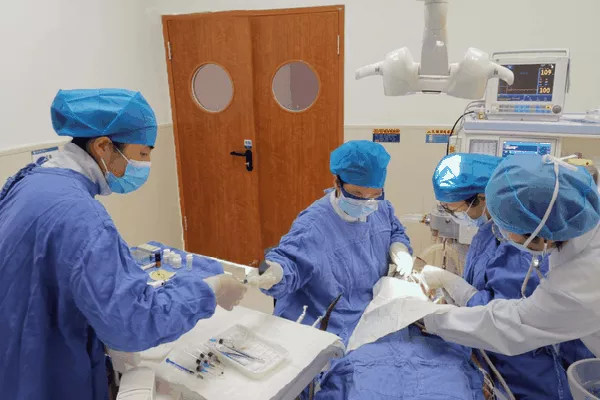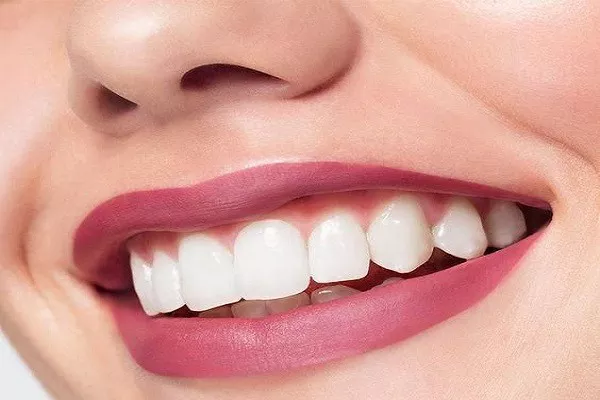As we age, many changes occur in our bodies, including our teeth. One of the most common dental changes seen in older adults is yellowing or discoloration of teeth. This can be a source of embarrassment or self-consciousness for many people, but it’s actually a very common occurrence. In this article, we’ll explore the reasons why old people have yellow teeth and what can be done to prevent or treat it.
Causes of Yellow Teeth in the Elderly
Natural Aging Process
As we age, our teeth naturally become darker or yellow in color. This happens because the outer layer of the tooth enamel wears down over time, exposing the dentin beneath it. Dentin is naturally yellow in color, so as it becomes more visible, our teeth take on a yellowish hue. Additionally, our teeth can become more porous and absorb more stains as we age, further contributing to discoloration.
- Genetics: Genetics plays a significant role in tooth color, and some people may be more prone to yellow teeth than others due to their genetic makeup.
- Lifestyle Factors: Certain lifestyle factors can also contribute to yellowing of teeth as we age, such as smoking, drinking coffee or tea, and consuming sugary or acidic foods and drinks.
Medications
Some medications can cause yellowing of the teeth as a side effect. Certain antibiotics, such as tetracycline and doxycycline, can cause yellow or grayish-brown staining of teeth if taken during tooth development in childhood. Other medications, such as antihistamines, blood pressure medications, and antipsychotics, can cause yellowing of the teeth in older adults.
- Radiation: Radiation therapy for cancer treatment can also cause yellowing of teeth due to the damage it can cause to tooth enamel.
Poor Oral Hygiene
Poor oral hygiene habits can also contribute to yellowing of teeth in older adults. If plaque and tartar buildup on teeth, it can cause discoloration and even decay over time.
- Neglect: Older adults may be more prone to neglecting their oral hygiene due to physical limitations or forgetfulness, leading to more severe tooth discoloration.
Health Conditions
Some health conditions can also cause yellowing of teeth in older adults. For example, liver disease and jaundice can cause a yellowish tint to the skin and teeth due to the buildup of bilirubin in the body. Gastrointestinal conditions that cause acid reflux or vomiting can also contribute to yellowing of teeth due to the acid exposure.
- Dry Mouth: Dry mouth can also lead to yellowing of teeth as it can increase the risk of plaque buildup and decrease saliva flow, which helps to naturally cleanse teeth.
What Can Be Done About Yellow Teeth?
While yellowing of teeth is a natural part of aging, there are several ways to prevent or treat it. Here are some options:
- Maintain Good Oral Hygiene
Brushing and flossing regularly can help remove surface stains and prevent plaque buildup. Regular dental cleanings and checkups are also important for keeping teeth healthy and clean.
- Use Whitening Toothpaste
Whitening toothpaste can help remove surface stains and brighten teeth over time. However, it’s important to choose a reputable brand and follow instructions carefully to avoid damage to tooth enamel.
- Professional Teeth Whitening
Professional teeth whitening performed by a dentist is a safe and effective way to brighten teeth. This option can be more expensive, but it can provide more dramatic results than over-the-counter options.
- Bonding or Veneers
If you have yellow teeth that are caused by enamel erosion or thinning, bonding or veneers may be a good solution. Bonding involves applying a tooth-colored resin to the surface of your teeth to cover up any discoloration or damage. Veneers are thin, custom-made shells that are placed over the front of your teeth to improve their appearance.
- Professional Teeth Whitening
If your yellow teeth are caused by stains from food, drink, or smoking, professional teeth whitening may be the right solution for you. Professional teeth whitening involves using a special gel to remove surface stains from your teeth and brighten your smile. This can be done in the dentist’s office or with take-home whitening kits.
In conclusion, yellow teeth are a common problem for many older adults, but there are several solutions available. Maintaining good oral hygiene, avoiding staining foods and drinks, and quitting smoking can help prevent yellow teeth from developing in the first place. If you do have yellow teeth, options like bonding, veneers, and professional teeth whitening can help restore your smile to its former brightness. Talk to your dentist about the best options for your individual needs.






























